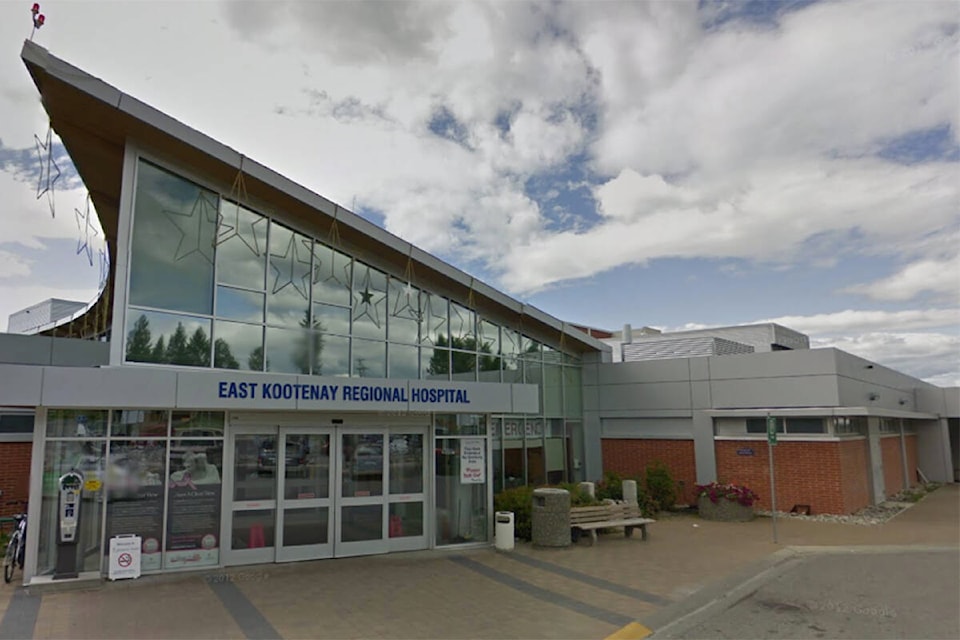While the pandemic didn’t truly make itself felt in the East Kootenays until last summer, the hospital in Cranbrook has seen higher than normal occupancy rates over the last few weeks and months, according to a recent statement from Interior Health.
Now, based on occupancy rate data recently released upon request from the Ministry of Health, it’s possible to see how severe an effect the pandemic had on base beds, surge beds and Intensive Care Unit beds at the East Kootenay Regional Hospital.
The data window extends from July 1, 2021 to Feb. 11, 2022 — just as the pandemic case counts began to rise in the B.C. Interior last summer — in order to determine what impact the Delta wave had on occupancy rates in the fall months, as well as the early onset of the Omicron wave.
First of all, some baseline information.
The East Kootenay Regional Hospital has 77 base beds, which includes six critical care beds in the Intensive Care Unit, and up to 22 surge beds, which are defined as beds that are physically available, but not in operation. Also, it should be noted that these occupancy rates are for admission into hospital for any medical condition or treatment, not just solely relating to COVID-19.
Additionally, the data reflects hospital occupancy rates and doesn’t necessarily shed light on the ongoing health care staffing challenges that is being experienced locally and across the province.
So, digging into the numbers, some details stand out.
From early July to early February, EKRH has, on average, operated at over 90 per cent of base bed capacity, except for a brief dip between mid-July and mid-August where rates fluctuated between 70th-90th percentiles. While surge bed capacity largely wasn’t needed between mid-July to September, those beds began filling up at varying occupancy rates heading into October and running to mid-December.
Critical care beds has also largely operated at higher capacity rates, and did not drop below 50 per cent longer than a day. Starting at Aug. 28, critical care beds operated at 100 per cent capacity for 30 days, while a further 8 days were at 83.3 per cent capacity (5 of 6 beds).
There were also weeks-long stretches over the fall months and into January and February where critical care beds were at, or just shy of, 100 per cent capacity.
Some notable data windows over the fall and into the new year:
Oct. 13, 2021 - Nov. 17, 2021
- Base beds were at 100 per cent occupancy, except for one day.
- Surge beds were accessed almost daily, except for three days.
- Critical care beds were at 100 per cent occupancy, except for three days, where it was at 83.3 (5 of 6 beds).
Nov. 24, 2021 - Dec. 18, 2021
- Base beds were at 100 per cent occupancy except for one day.
- Surge beds were accessed almost daily except for two days.
- Critical care beds were at 100 per cent occupancy, except for four days at 83.3 per cent.
Jan 19, 2022 - Feb. 11, 2022
- Base beds were at 100 per cent occupancy, except for three days.
- Surge beds were accessed almost daily, except for five days.
- Critical care beds were at 100 per cent occupancy, except for five days at 83.3 per cent.
trevor.crawley@cranbrooktownsman.com
Like us on Facebook and follow us on Twitter
Want to support local journalism during the pandemic? Make a donation here.
